[please login to make this ad block disappear]
Running It Blind: Kayaking with Blind Adventurer Erik Weihenmayer
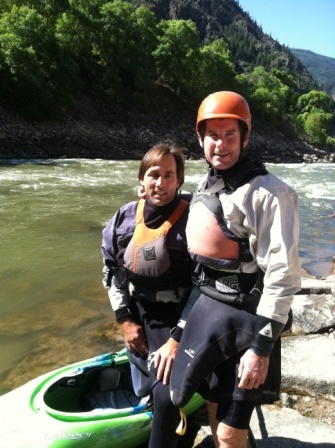 Running It Blind: Kayaking with Blind Adventurer Erik Weihenmayer
Running It Blind: Kayaking with Blind Adventurer Erik Weihenmayer|
"I get why there aren't any blind kayakers in the world. It's harder than climbing Everest. But I can see why people love the sport."Erik Weihenmayer is taking running rapids blind to new heights.
I'm sitting in an eddy with the blind adventurer -- best known as the first and only blind man to reach the summit of Mount Everest and climb the world's Seven Summits - on the Class III Shoshone section of the Colorado River outside Glenwood Springs. An accomplished mountaineer, backcountry skier, parachutist and more, he now has his sights on a new a goal -- kayaking the Grand Canyon in fall 2013. I'm here to help him learn the ropes. Which is far from easy. On all his other outdoor endeavors, the medium he's on doesn't move. Water does, making things hair-raising for him and complicated for his two instructors. With him are longtime friends and guides Rob Raker, who yells instructions from behind, and Chris Weigand of Denver's Sportainability International, who stays in front of Weihenmayer to show Raker the best routes through the rapids. "I've taken blind kayakers paddling before, but mostly on the flats," says Weigand. "Erik's the only one who has pursued it to this level. It takes a great foundation of skills." The level Weihenmayer's taken it to is commendable, even for someone who can see. He's run the Green River's Gates of Lodore and Desolation/Gray canyons, the San Juan and Mexico's high-volume Usumacinta, where a whirlpool capsized him and caused him to miss his roll and swim. "That was pretty disorienting," he understates. "It freaked me out a little and I definitely took a step back. I got in a bit over my head." Raker, who helped guide him up several of his Seven Summit peaks, was there quick with the rescue, but it was harrowing for him as well. "The problem," says Raker, "is that he needs certain information that the rest of use get with our eyes. And that's not easy to convey in a medium like whitewater. I have to watch his every move." Weihenmayer, now 44, lost his vision to retinoschisis at age 13. Now an accomplished motivational speaker and author of Touch the Top of the World, he lives his life practicing what he preaches in his No Barriers, a nonprofit he co-founded with paraplegic rock climber Mark Wellman and double-leg amputee Hugh Herr. After completing all the Seven Summits by age 33, and climbing the "Eighth Summit," 16,023-foot Carstensz Pyramid in Oceania in 2008, he continues to push both himself and the limits of what can be accomplished without sight. "He has great patience and is as tough as they come," says Raker. "He can take an amazing amount of punishment." Just before our September trip on Shoshone, Raker, Weigand and Weihenmayer, as well as some of his family, paddled Peru's Class III-IV upper Apurimac and Urubamba rivers. He did well, alternating between being in a raft and his kayak. Now he's back, trying to build on what he learned there on Shoshone. As well as eyeing the Grand, he figures the sport is also something he can do with his family, including his kids Arjun, 10, and Emma, 12. "I thought it'd be a fun new sport to learn and my family could come with me," he says. "Instead of me leaving on a climbing trip, it was something we could all do together." Taking it up wasn't easy, with trial and a lot of error. "We had to figure out a system," he says. "At first Rob would get in front and blow a whistle, which kind of worked on a ducky trip we did on the Grand but not on smaller rivers like Lodore. Then we experimented with waterproof radios, but they didn't work too well, either. There were too many problems. Once, right before I went into Class IV Cow Sleep Rapid on Deso, the radio went silent. I paddled the rapid for about 10 seconds before Rob finally caught up and started yelling. I was so glad to hear him. Now he just yells from behind me, while Chris is ahead picking out the line. It's too hard for the rear person to do both." Now his team has worked out a series of commands. "Small" left or right means a 20-degree turn, "Left" or "Right" means 45 degrees, and a "Hard" directional means turn 90 degrees. "Charge!" means go hard, "Pause!" means stop paddling, and "Stop!" means stop hard. It's loud in a rapid, he says, so words have to be distinct. "Everything happens so quickly and a lot of things don't happen the way you expect them to," he says. "Once one thing goes wrong, it leads to a cascading series of events. The commands only help so much -- you're always reacting." I get my first taste of this after we peel out of an eddy, Raker and I in the lead and Weigand behind. He's done well so far, even managing a combat roll, but at a crux he gets separated and almost out of earshot before clipping a rock. But the time he's guided safely into a mid-river eddy, he's a bit frazzled. Later, in a sort of Three Stooges situation, he has another bad line, tips over, bumps into Weigand's boat and swims. We corral him and his gear safely to shore, but you can only imagine what he's going through. Kayaking is a psychologically challenging sport for anyone, let alone someone who can't see during a thrashing. Toward the end of the run, I try to see what he's going through by closing my eyes and having Weigand yell from behind. It's freaky, and I paddle the wrong way, misinterpreting his commands. I have to try my hardest not to cheat and take a peak, a luxury Weihenmayer doesn't have. Eventually I make it into the take-out eddy safe and sound, but not without a new, profound respect for Weihenmayer's latest endeavor. "I get why there aren't any blind kayakers in the world," he says. "Blind people don't get much speed in their lives, and rivers move pretty fast. "It's harder than climbing Everest. When you're climbing you can stop whenever you want to re-assess things and even turn back if you want to. You can't do that on a river. It's a notch up in terms of the fear factor compared to anything else I've ever done. It makes you feel like a wimp sometimes. "It's just hard to read a river by sense of touch or hearing," he adds. "You're always slightly behind the eight ball, having to react to what's happening. But I think I'm getting it. I can see why people love the sport." •-To learn more about Erik and his accomplishments, visit www.touchthetop.com. For a video of him kayaking, visit Denver Post |
Login to post here

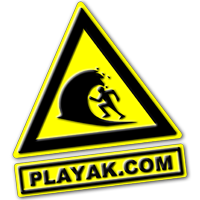


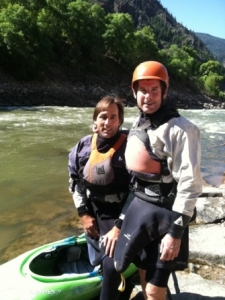
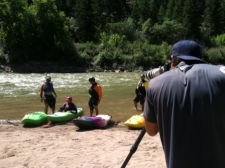















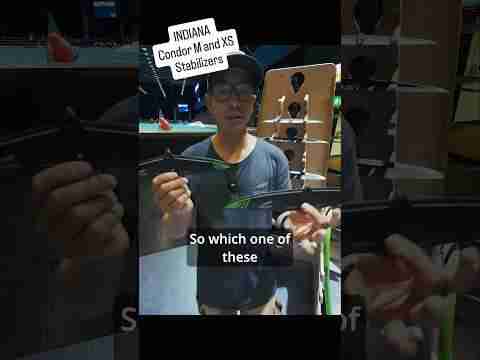

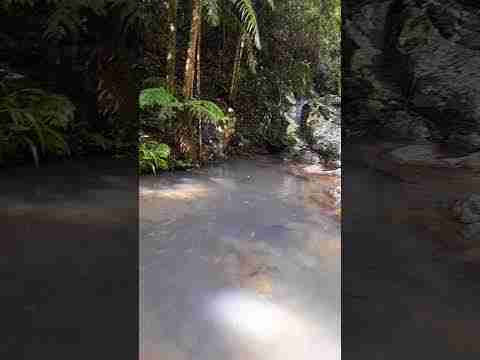
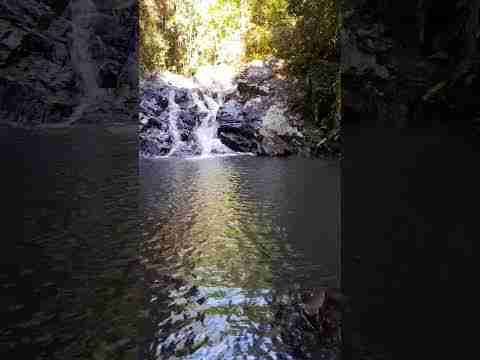




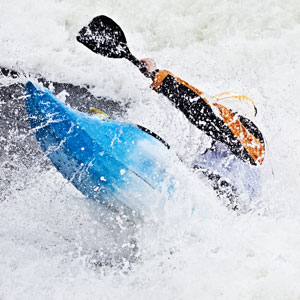 Get for free:
Get for free: